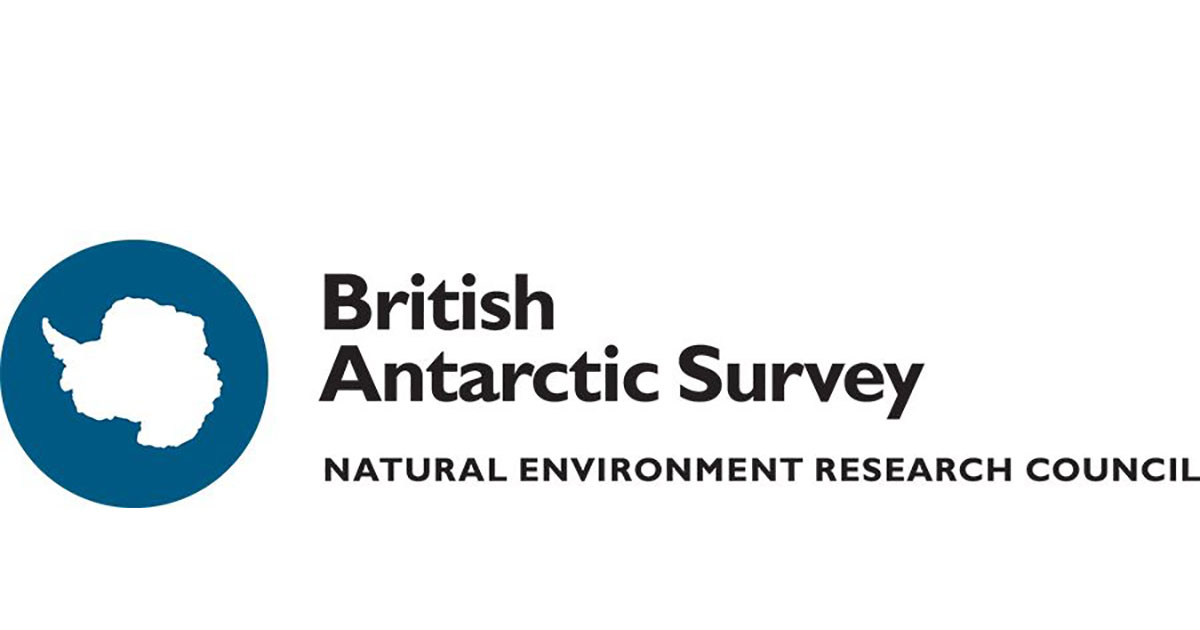Project Description
The production of calcium carbonate (CaCO3) by marine calcifying plankton causes CO2 to be released and generates an export of Particulate Inorganic Carbon (PIC) to the deep ocean. This mechanism, known as the Calcium Carbonate Counter Pump because, it is opposite to the process driving the Biological Carbon Pump (where CO2 is consumed by phytoplankton, leading to a drawdown of CO2 and export of Particulate Organic Carbon (POC)). Thus, to determine the capacity for the ocean to store CO2 and how this mechanism can change within a changing climate, it is crucial to understand the dynamics of PIC vs. POC. The extent of carbonate precipitation depends on the composition of calcifying plankton within the plankton community. In the Southern Ocean (SO), calcifying plankton are often very abundant and can dominate carbonate fluxes. The sensitivity of the SO to the intensification of Ocean Acidification has recently highlighted the importance of understanding the process regulating the carbonate production and export in this region.
The goal of the project is to assess the contribution of each part of the plankton calcifying community (pteropods, foraminifera, coccolithphores, ostracods) to the strength of the carbonate pump in the SO at different oceanic sites (i.e. naturally iron-fertilised region, polynya, iron-limited region). The student will use a combination of BAS archived samples collected from ship activities (e.g. plankton net) and moored platforms (e.g. sediment traps, water collectors, phytoplankton collector, pCO2 sensors) to determine the seasonal cycle in carbonate production and export. The assemblage and abundance of calcifying plankton will be investigated by plankton nets and collectors (Year 1) and their contribution to carbon export by sediment traps deployed on floating and mooring stations at the sites (Year 2). The strength of the carbonate counter pump (expressed as reduction of the CO2 drawdown by the biological pump) will be estimated by combining carbonate chemistry and biogeochemical analysis (Year 3) with results from (Year 1-2).
This project will be linked to the NERC-funded PICCOLO project, allowing the student to interact with the UK Antarctic research community. At BAS, the student will learn to use a range of mooring devices/collectors. She/he will get skills in plankton identification and on high resolution imaging techniques (SEM and Zooscan). At St. Andrews the student will learn foraminiferal taxonomy, calcification and morphometrics characterization. The student will develop skills in carbonate chemistry (UEA) and POC, PIC (BAS) analysis. The student will work on BAS archived samples and she/he will develop ability to manage long data set and data interpretation. There could be an opportunity to participate in an Antarctic cruises (via PICCOLO project or BAS survey) for which the student will receive training in sea-survival and field-laboratory health and safety.
Funding Notes
UK and EU students who meet the UK residency requirements will be eligible for a full NERC studentship. Students from EU countries who do not meet the residency requirements may still be eligible for a fees-only award. More information can be found in the UKRI Training Grant Terms and Conditions.
For more information and how to apply, click here.
Story by the British Antarctic Survey





